Researchers have found a set of brainstem neurons that can dial down chronic pain. These Y1 receptor neurons balance pain with other vital needs like hunger and fear, showing that the brain can override suffering when survival is at stake.
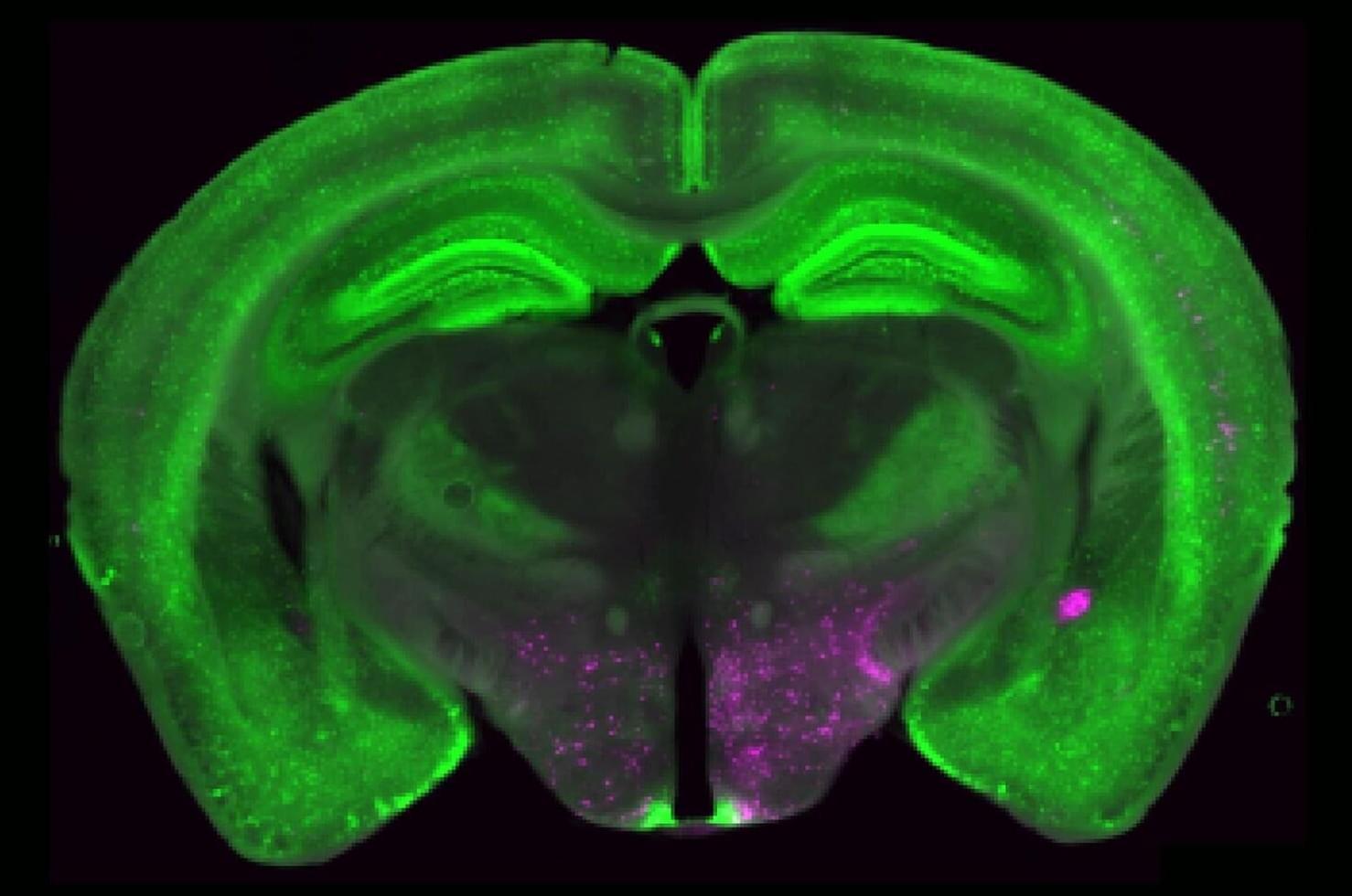


Cancer is a challenging enough diagnosis, but many patients are dealt a second blow, even as they heal: “chemo brain.”
Also called “brain fog,” this mix of cognitive issues— memory problems, struggling to find words, an inability to concentrate—affects up to three-in-four cancer patients, according to multiple studies. For many, the effects last years beyond cancer treatment.
A new study offers new models for studying causes of chemo brain and points to the effects of chemotherapy drugs on the brain’s lymphatic system, which is a network of tiny vessels in the brain’s protective membranes that help remove waste and transport immune cells. The study was published Oct. 13 in Communications Biology.
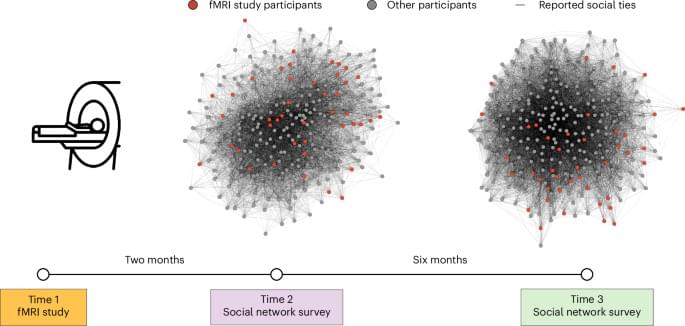
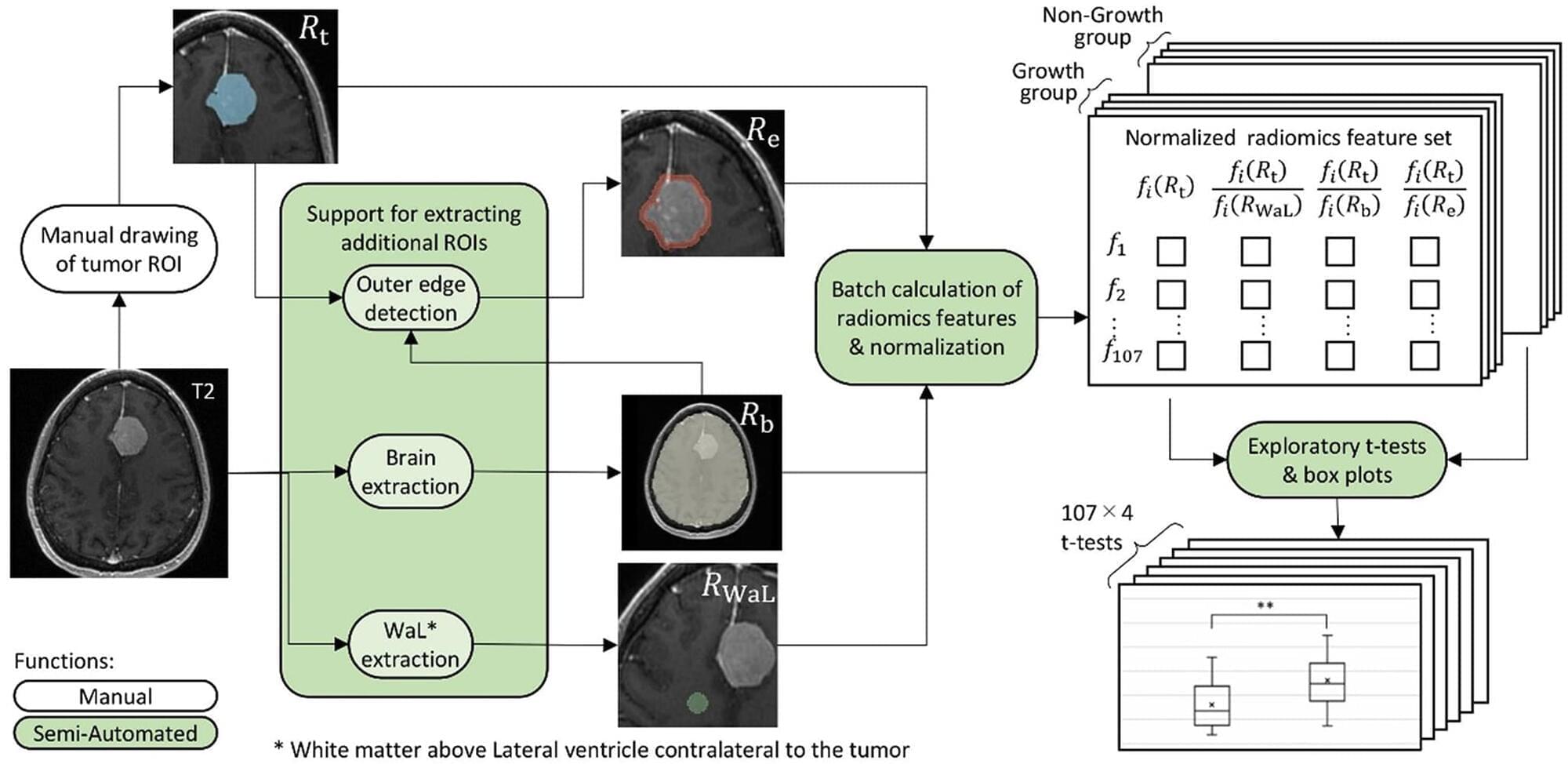
Predicting future tumor growth from initial imaging of incidentally discovered meningioma (IDM) could inform treatment decisions. However, most factors identified in prior studies on meningioma growth are qualitative. The aim of this study is to identify factors associated with tumor growth using quantitative radiomics features from MRI data.
MRI T2 features from initial imaging of 24 tumor growth cases were compared with those of 25 cases without growth. An in-house program was developed to reduce the time required for data analysis. This program is based on the open-source software 3D Slicer 5.6.2 and PyRadiomics 3.1.0. It enables semi-automatic batch t-test analyses for each feature to compare tumor growth and non-growth groups. Regions of interest (ROIs) were placed in the tumor, outer tumor edge, whole brain, and white matter contralateral to the tumor. A total of 107 features were analyzed across seven classifications: First Order, Shape, Gray Level Co-occurrence Matrix, Gray Level Run Length Matrix, Gray Level Size Zone Matrix, Gray Level Dependence Matrix, and Neighboring Gray Tone Difference Matrix. A t-test was used to identify significant predictors.
Ten features across five classifications showed significant differences (p 0.05): 2 First Order statistics, 2 Shape features, 4 Gy Level Co-occurrence Matrices, 1 Gy Level Size Zone Matrix, and 1 Neighboring Gray Tone Difference Matrix.

Tiny gold particles that act as carriers for lithium can be delivered directly to the brain in the form of a nasal spray. Developed by scientists at the Università Cattolica Rome campus/Fondazione Policlinico Universitario A. Gemelli IRCCS, the new nanotechnological device can be used for the treatment and prevention of neuropsychiatric and neurodegenerative diseases.
Lithium is already in clinical use for manic-depressive syndrome, but in oral formulation it is not free of side effects. It is used to combat neuropsychiatric diseases such as bipolar disorder, neurodegenerative diseases such as Alzheimer’s disease, and brain infections such as those caused by Herpes Simplex Virus type 1, which several recent studies have linked to an increased risk of neurological diseases.
Published in the journal Advanced Materials and already patented, the idea is the result of a study that demonstrated that it is possible to directly inhibit the activity of an enzyme that plays a key role in the development of these diseases (glycogen synthase kinase-3 beta, GSK-3β) directly in the brain by using lithium delivered by intranasally administered gold nanoparticles.


Once synonymous with hippies and hallucinatory experiences, psychedelic drugs are now being explored for their medical potential. The stigma of that era resulted in research being suppressed by drug laws, yet with mental health treatments hitting limits, scientists have returned to this controversial corner of medicine.
Substances like psilocybin (found in magic mushrooms) and ayahuasca are now being taken seriously by scientists and doctors, not for the visions they induce, but for the healing potential they possess.
Initially, this focused on treating mental health conditions like depression, where currently prescribed drugs only help a minority of patients. But these investigations have now expanded to include diseases driven by inflammation, which psychedelic drugs may help reduce by calming down the immune system.
Magic mushrooms and LSD may do more than bend minds: they could fight inflammation linked to depression, arthritis and heart disease.
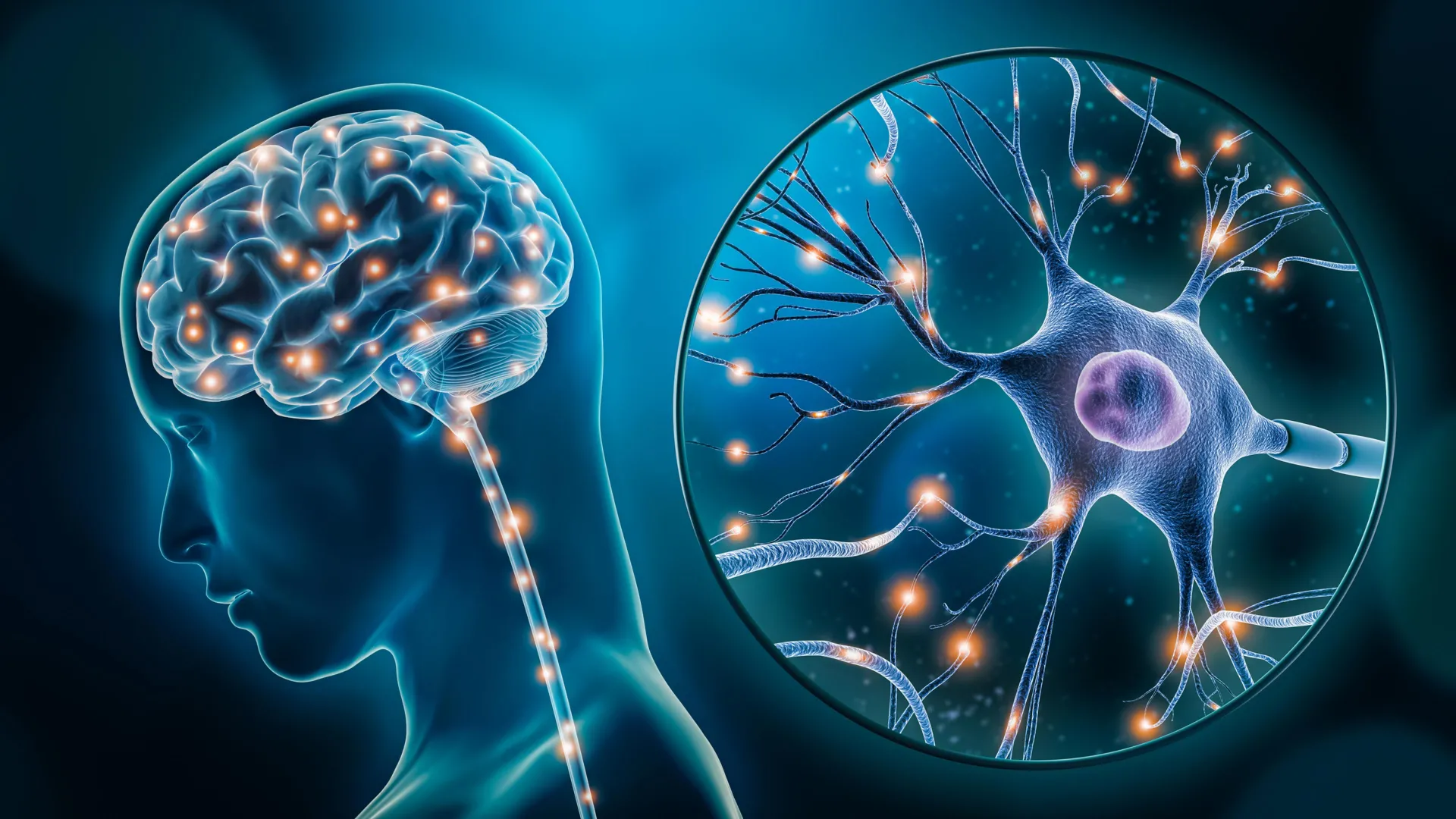
Scientists identified two types of brain cells, neurons and microglia, that are altered in people with depression. Through genomic mapping of post-mortem brain tissue, they found major differences in gene activity affecting mood and inflammation. The findings reinforce that depression has a clear biological foundation and open new doors for treatment development.
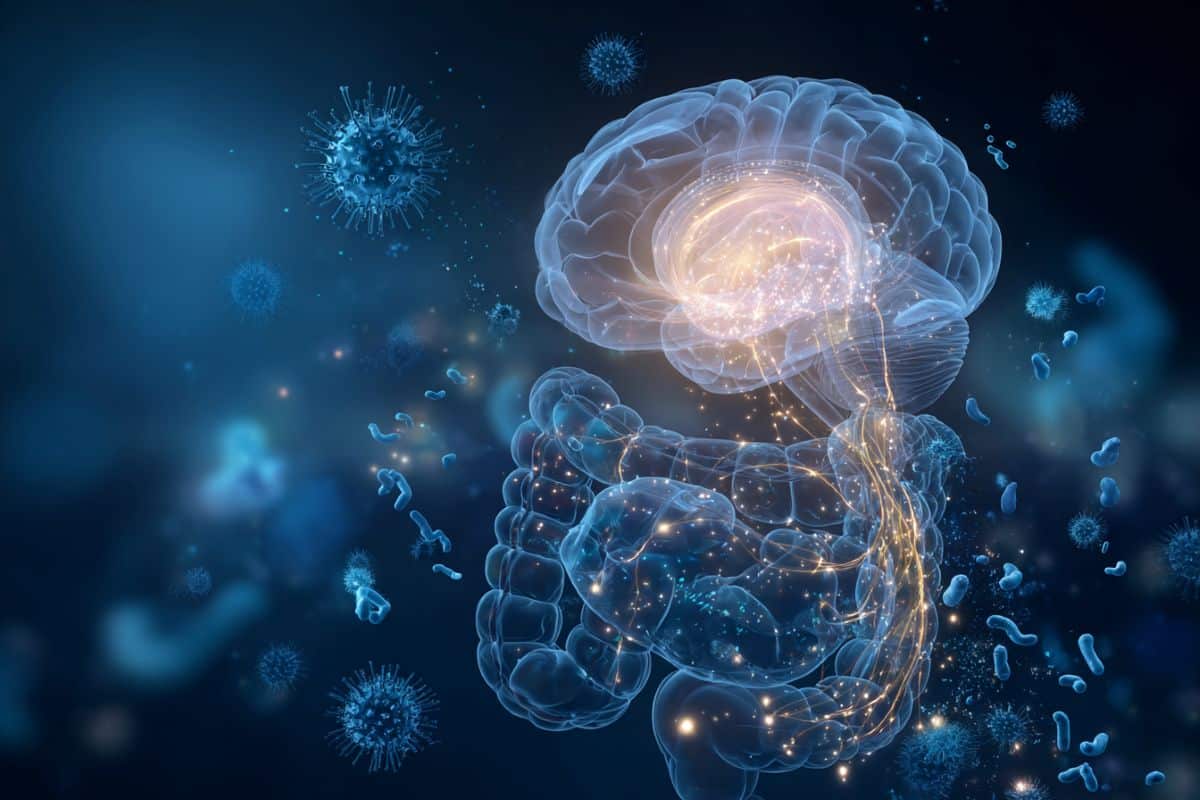

Scientists at Monash University have created a tiny fluid-based chip that behaves like neural pathways of the brain, potentially opening the door to a new generation of computers.
Roughly the size of a coin, the chip was built from a specially designed metal-organic framework (MOF), and channels ions through tiny pathways, mimicking the on/off switching of electronic transistors in computers.
But unlike conventional computer chips, it can also “remember” previous signals, mimicking the plasticity of neurons in the brain.